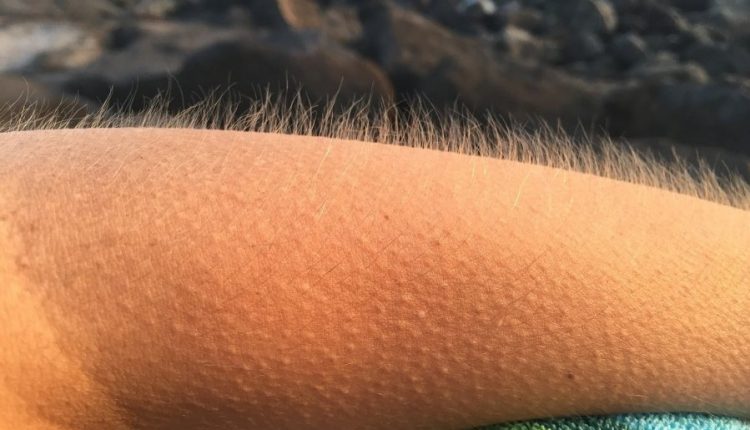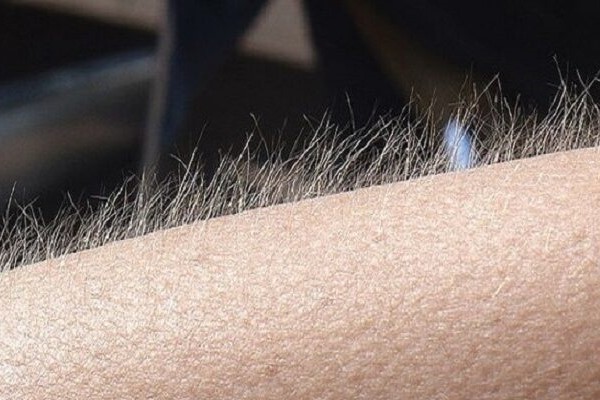
Patient complains of chills: here are the diseases they are linked to and the remedies
Chills are rapid muscular contractions triggered by the body when it tries to warm itself up. They are usually associated with fever or can anticipate it. In many cases they are a symptom of an infection
What diseases can be associated with chills?
The following diseases can be associated with shivering:
- Panic attacks
- Gallbladder stones
- Kidney stones
- Cholecystitis
- Dengue
- Ebola
- Epididymitis
- Solar erythema
- St Anthony’s fire
- Viral gastroenteritis
- Influenza
- Malaria
- Meningitis
- Orchitis
- Stye
- Pancreatitis
- Peritonitis
- Pyelonephritis
- Pleurisy
- Pneumonia
- Prostatitis
- Salmonella
- Scarlet fever
- Scialoadenitis
- Sepsis
- Septic shock
- Tonsillitis
- Toxoplasmosis
- Tuberculosis
- Chickenpox
Please note that this is not an exhaustive list and that it is always best to consult your doctor if symptoms persist.
What are the remedies for chills?
When the chills are only associated with a slight fever, it is sufficient to rest and drink plenty of fluids to maintain a good level of hydration.
In the case of a high fever, however, warm compresses and anti-inflammatory drugs may be useful.
With chills when to see your doctor?
If shivering is associated with a very high or persistently high fever, contact your doctor.
Similarly, it is a good idea to seek expert advice if you also have a cough, shortness of breath, abdominal pain or burning, frequent urination, neck stiffness, confusion, irritability or indolence.
Read Also:
Emergency Live Even More…Live: Download The New Free App Of Your Newspaper For IOS And Android
Defusing Among First Responders: How To Manage The Sense Of Guilt?
Temporal And Spatial Disorientation: What It Means And What Pathologies It Is Associated With
The Panic Attack And Its Characteristics
Pathological Anxiety And Panic Attacks: A Common Disorder
Panic Attack Patient: How To Manage Panic Attacks?
Panic Attack: What It Is And What The Symptoms Are
Patient Conditions: How To Assess Reflexes




